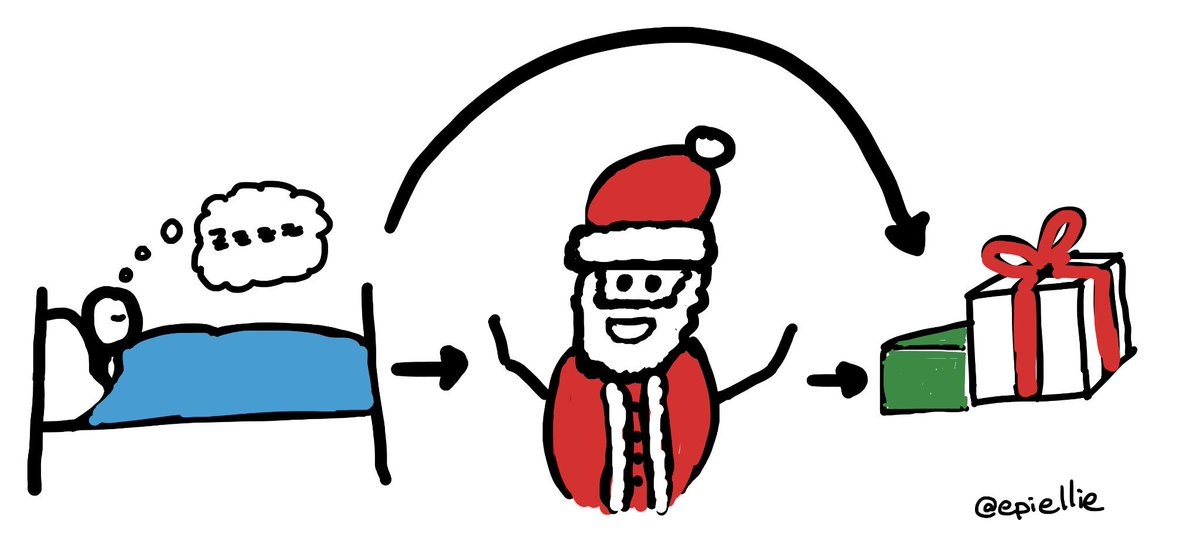Our preview draft of "DAG With Omitted Objects Displayed (DAGWOOD)" available, and we are looking for any and all critique we can get! Comments are open in the draft!
docs.google.com/document/d/1zU…
But what is a DAGWOOD? A thread!
1/n
However, they are not so great at displaying the actual assumptions behind that model.
Those two are VERY different.
In a DAG, those assumptions are hidden in the white space between nodes and arcs.
2/n
As a bonus, the framework we developed helps unify language and concepts from econometrics and epidemiology.
How?
3/n
Oh, you noticed that we invoked the phrase "exclusion restriction" did you?
5/n
It's an assumption of absence. In a DAG, it's represented by the negative space.
6/n
Yeah, that's right; unmeasured confounding is an exclusion restriction y'all. We're all making the same assumptions (ish).
7/n.
If each results in a valid DAG that is biased or a different effect type relative to the root DAG, it's a DAGWOOD exclusion restriction branch DAG.
8/n
But wait there's more! There isn't just MISSING stuff; there's also misdirected stuff!
10/n
Those are misdirection restrictions!
11/n
12/n
Take all the arcs from the DIFFERENCES between the root and branch DAGs, and make it into an overlay to put on top of the root DAG.
No more empty space assumptions; here there be DAGons.
14/n
DAGWOODs don't change the causal inference rules one bit; they just make us face them directly.
15/n
Have a model you want to critique, and want to know where to focus? Put it in a DAGWOOD, and you get a list of the ways the model itself could be biased.
BUT WAIT THERE IS MORE!
16/n
Start with a simple root model, generate a DAGWOOD, look at what the model assumes. If something is off, change the model, and repeat.
17/n
Iterate away until the model is fully specified or it's deemed implausible. Either way, progress!
18/n
We hope that DAGWOODs help by pulling those assumptions out of the white space so we can fix them when we can, and acknowledge that they are unfixable when we can't.
19/n
What did we get wrong?
Can we change the language to make things clearer?
Are we missing any key concepts?
Please leave comments in the draft! We'll compile/correct, we'll submit to a preprint soon.
docs.google.com/document/d/1zU…
NEAT!
I WANT YOU TO DESTROY THIS PAPER.
I want your comments to blot out the sun.
Just absolutely tear it to shreds in as horrific a way as possible.
And then I want to politely thank you for your help in making it better!













